Fra Angelico: the Armadio degli Argenti
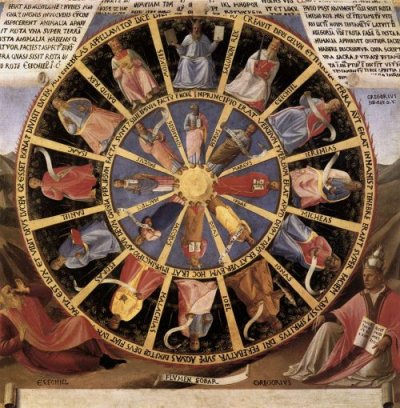
The first panel in the series shows the vision of Ezekiel, known as the Mystical wheel. As with the other panels, this can be seen as a New Testament take on an Old Testament text. The outside ring shows the twelve O.T. prophets and patriarchs: the inner ring shows the four evangelists and saints Paul, James, Jude and Peter. The text on the outer ring describes the creation of the world from Genesis: the words on the inner ring come from John’s gospel, the incarnation of the Word of God – the world recreated.
At the bottom are two figures. On the left, Ezekiel gazes in amazement at the vision. At the top left is an extract from the first Book of Ezekiel describing the vision. On the right is Saint Augustine. Above him is his commentary on the vision, stressing the links between Old and New Testaments.
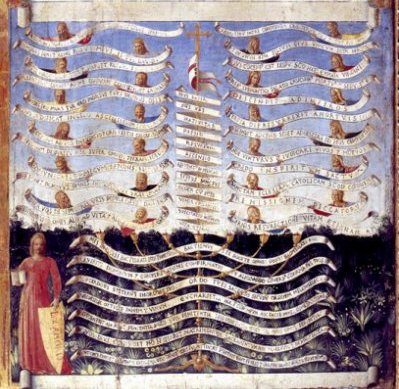
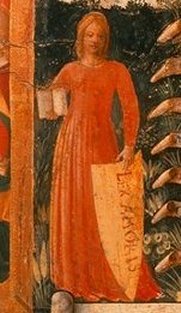
The final panel is
by far the theologically most complex. We see an image of a Jewish
menorah, with a Christian cross at the top. On the right are twelve
Hebrew prophets: or the right the twelve apostles.
On the
side a female figure holds a shield with the words ‘Lex Amoris’ (the Law
of Love.)
This refers to a doctrine of St Thomas Aquinas.The
coming of Christ did not replace what had gone before, the ‘Old Law’ or
Law of Fear (Lex Timoris), but built upon it, by fulfilling the
prophecies shown in the previous panels. The scrolls mention the
sacraments and doctrines of the church.
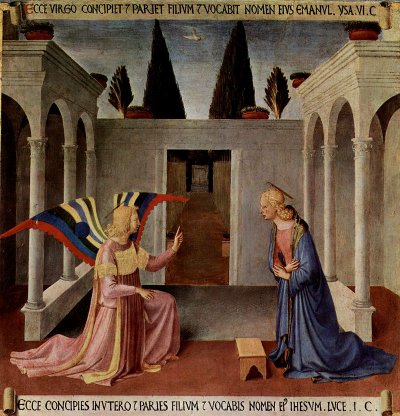
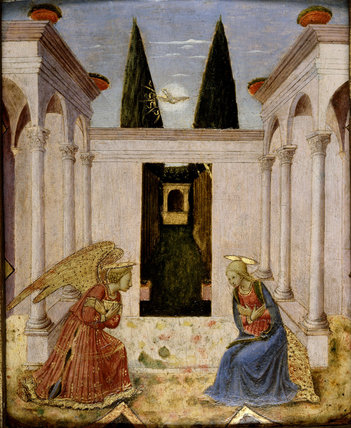
It is interesting to compare the Annunciation panel from the Armadio
degli Argenti (above left) with a panel attributed to Fra Angelico in
the
Ashmolean Museum in Oxford. (above right.) There are many
similarities, particularly in the background, but one important
difference: the stage the narrative has reached. The Ashmolean image
shows the final stage, known as Humiliato: Mary has heard what the angel
has told her and accepts it. The Armadio scene shows the first
stage: Gabriel is giving Mary his message, and she is looking surprised.
Part of Gabriel's message from the Latin Vulgate version of Luke's
gospel is quoted at the foot of the image.
Ecce concipies in utero et paries filium et vocabis
nomen eius Iesum
This pattern is repeated in all of the images. At the bottom is a
quote from the New Testament, either Luke or Matthew, describing the
scene. At the top is what is claimed to be an Old Testament precursor of
the event. The Isaiah parallel with the Annunciation is a familiar one,
but exploring all of the others is extremely challenging. I have done my
best and have suggestions for most of them. Let's now move on
to looking at all of the panels in order.